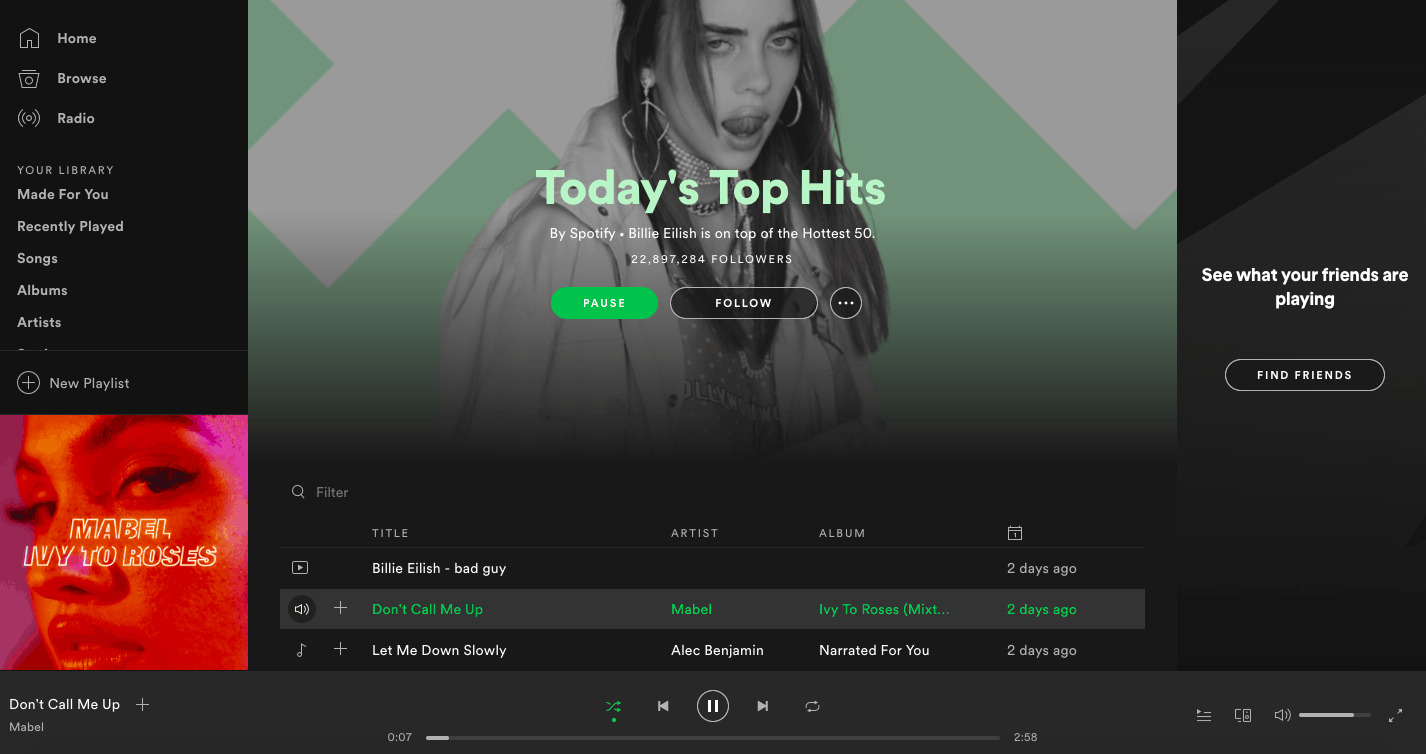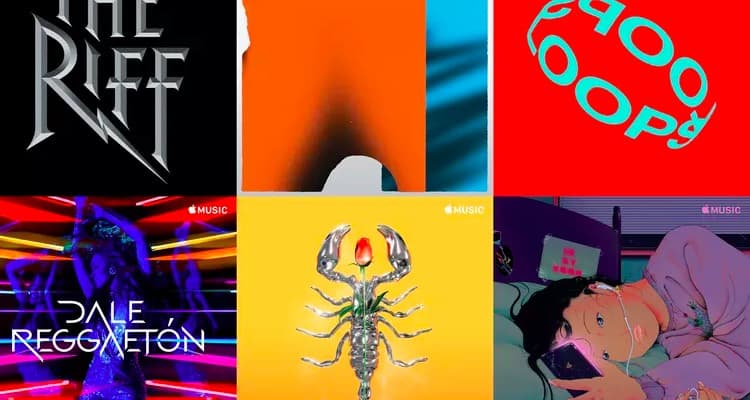A music industry panel in Amsterdam earlier this year was told “playlists are the new albums.” What happens next in this increasingly important area of the music business? Ben Gilbert speaks to three influential figures to find out.
Alive with memories, the mixtape retains a special place in the hearts of music fans from a particular era. Unique in their vision and design, such nostalgic creations have become a key component in our engagement with music culture, across the analogue and digital decades. The hardware and processes may have been entirely reimagined but there are many similarities between a clunky, rattling C90 cassette and a collection of MP3s sleekly programmed on a Big Tech platform: The magic of the playlist endures.
Although it seems unlikely that a school kid from the 80s assembling a Top Of The Pops compilation could have considered the impact this emergent phenomenon would have on 21st century audiences, that’s the undeniable reality now. In February, a panel at the FastForward conference in Amsterdam discussed how the modern digital music landscape has been redrawn by the importance of playlists, to musicians and consumers, labels and rights holders.
“Playlists are the new albums”
At the event, Aditi Arora, director of product management at Gracenote, outlined a raft of recent data, which revealed that 78% of music streamers listen to playlists, indicating a near 5% rise since 2017. Moreover, the figures suggested that 86% of teenagers and 88% of millennials listen to playlists, highlighting the key influence of these demographics to the understanding of consumption and subsequent action from music industry decision makers.
“Playlists are the new albums,” Arora stated, reiterating a recurring recent mantra heard across the music business. But this is just the start, according to Keith Jopling, former BPI and Spotify research exec. “We are far from ‘peak playlist’”, he wrote in a commentary piece for MIDiA Research, entitled What’s Next For Playlist Innovation? In an interview with Synchtank, Jopling confirmed how “hugely” influential they had become.
The power of personalised playlist recommendations
Jopling, who is behind The Song Sommelier, a playlist curation site which features original artwork and sleeve notes, believes new ideas will be crucial to the next phase. Power is currently centred around Spotify, whose curated playlists account for approximately 15% of the platform’s monthly content hours. With approximately 75,000 artists featured on editorial playlists each week, prompting audience figures of more than 20m for channels such as Today’s Top Hits, Jopling predicts that the competition won’t just be limited to assumed challengers such as Apple Music, Amazon and YouTube.
Louis Viallet is the founder of Soundsgood, a startup promoting music curators in the streaming era. He explained how playlists could evolve over time: “In the future, personalised playlist recommendations will become even more powerful. No doubt about that. But what will also emerge is a new need for depersonalization and unexpected eclecticism. Algorithms are being re-worked to include diversity, in a safe, limited fashion. But we can also hope for a comeback of influencers and third-party playlists on streaming services homepages.”
Speaking to Synchtank, Viallet continued: “In their run for who’s got the better user experience, it would be a good move by streaming services to allow listeners to discover and stream their favourite media and influencers playlists more easily. Playlists might also evolve in their format with dedicated features such as native integration in social networks, better transparency on new versus old tracks, more focus on visual immersion and better mirroring with music podcasts and other editorial tools.”
Key industry tool for festivals, DJs, journalists and brands
Meanwhile, Aurélien Bernard, Music Curator and Playlist Strategist at Synchtank client Because Music, reiterated how all-consuming this topic had become across the industry. “Festivals announce their line-ups via playlists, DJs and music curators share their tracklists, journalists submit their selections of new flavours or rare B-sides, even brands have understood the use of such media as a means of communication to enrich their identity and inspire fans.”
Bernard pointed towards Spotify’s ‘algotorial’ method of combining human-curated mood playlists with algorithmic personalisation as a clear sign that changes are already afoot in the execution and experiences that drive playlists. Predicting a more microcosmic approach to genres and territories, he also pointed to Apple Music’s incorporation of bespoke original artwork, which will eventually encompass thousands of playlists, to deliver a greater sense of personalisation to the existing model.
Apple Music designing playlist artwork
“There will be an important redefining of this curation form and it has already started,” he told Synchtank. “Apple Music is developing hits video playlists, recruiting playlist curators from other fields and playlist covers by famous artists and designers. Spotify has been working on augmented/interactive playlists in some countries, embedding lyrics and canvas into playlists and off-line marketing like they did with Rap Caviar, a playlist that became a real brand, organizing events in key rap cities, such as Atlanta, New York, Los Angeles etc.”
“Finally, one of the main challenges will be to give the curation tools back to the user, allowing them to redefine their relationship with the artist. Technology and algorithms would, in that sense, play a big role as they will give amazing power and information to the artist (who and how people listen to my music) and the user (how I want to listen and relate to this artist),” concluded Bernard.
This is a point reiterated by Viallet, who suggested that“smart record labels have learnt that beyond the short-term peak of streams, the real goal is to get playlisted in each listener’s personal playlists where most of the streams will be generated over weeks, months and years.” Compellingly, the magic of the playlist endures. Knowing how this culture evolves is as challenging and profound as predicting which artists will dominate across these digitised multimedia mixtapes.
Enjoyed this post? Check out 6 Top Analysts/Journalists On The Music Industry Trends To Watch in 2019


